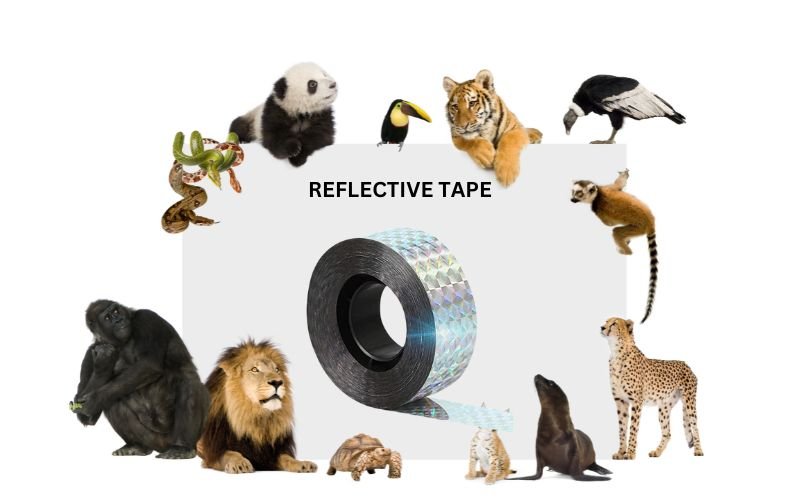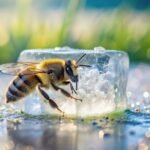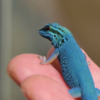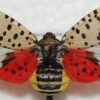- Can Dogs Eat Sardines in Olive Oil? What You Need to Know - 22 June 2025
- Ross Park Zoo: A Historic Wildlife Haven in Binghamton, NY - 14 February 2025
- Which Marine Animals Eat Seaweed? - 12 February 2025
Wild animals can be fascinating to observe, but when they start causing damage to crops, gardens, or property, they become less of a wonder and more of a nuisance. Reflective tape has gained popularity as a humane and effective way to keep certain animals at bay. But which wild animals are frightened by reflective tape, and why does it work? In this blog, we’ll explore how reflective tape works, which animals it deters, and how you can use it effectively in your own space.
How Does Reflective Tape Frighten Animals?
Reflective tape works by exploiting animals’ natural instincts to avoid danger. The shiny surface of the tape reflects light, creating sudden, unpredictable flashes that many animals find alarming. In addition, the tape often moves with the wind, adding an element of surprise. These two factors together can create the illusion of movement or the presence of a predator, which encourages animals to steer clear.
The combination of light, movement, and unpredictability triggers a fight-or-flight response in animals, especially those that are preyed upon in the wild. The sudden flashes of light, combined with the rustling movement of the tape, can make animals feel uneasy, leading them to avoid the area.
Birds and Reflective Tape
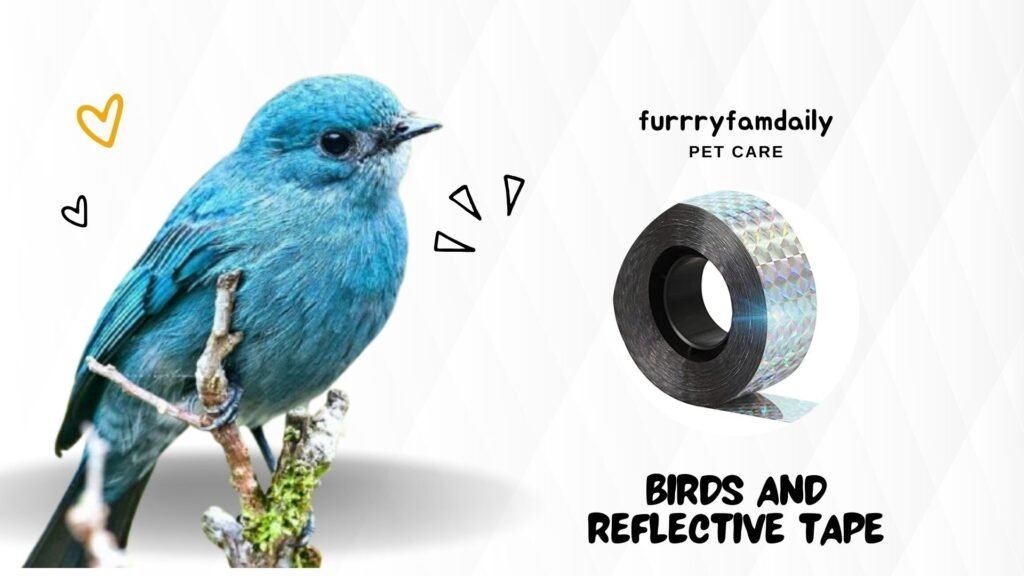
Birds are among the most common animals deterred by reflective tape. Species such as pigeons, sparrows, and crows are especially sensitive to reflective surfaces because of their excellent vision. These birds rely on their eyesight to find food and detect predators, so sudden flashes of light can be disorienting and frightening for them.
Why Birds Are Sensitive to Reflective Tape
Birds, particularly those active during the day, have highly developed eyesight. This allows them to detect the smallest movements and changes in their surroundings. When reflective tape is placed in a garden or farm, the constant flashes of light and movement can trick the birds into thinking a predator is nearby. As a result, they tend to avoid these areas to protect themselves.
Real-World Applications for Bird Control
Reflective tape is commonly used in gardens, orchards, and farms to protect crops from birds. Farmers and gardeners often hang strips of the tape near fruit trees, vegetable patches, and other sensitive areas. According to The Royal Societyfor the Protection of Birds, reflective tape can be an effective deterrent for protecting crops from bird damage, as long as it is used correctly. It’s important to place the tape where it can move freely and catch the light, increasing its visibility to birds.
Small Mammals and Reflective Tape
Small mammals like rabbits, squirrels, and rodents can also be deterred by reflective tape. These animals tend to be skittish by nature, constantly on the lookout for predators. The sudden movement and light flashes from reflective tape can trick them into thinking there’s danger nearby.
Why Small Mammals Are Frightened
Small mammals rely heavily on their sense of sight and hearing to stay safe from predators. Reflective tape introduces unpredictable elements into their environment, making them nervous. The reflective flashes may resemble the glint of a predator’s eyes, while the movement can suggest that something dangerous is lurking.
Using Reflective Tape for Small Mammal Control
If you’re dealing with squirrels, rabbits, or rodents in your garden, reflective tape can be a helpful solution. You can hang it near plants or areas where these animals like to dig or feed. Many gardeners also place reflective tape near vegetable patches to keep these critters from munching on tender plants.
Larger Wild Animals
While reflective tape works well for smaller creatures, you might wonder if it’s also effective on larger animals, like deer or coyotes. The answer is yes, but with some limitations. Larger animals are less easily spooked by small visual cues compared to Birds or Raccons Rodents, but reflective tape can still be effective when used correctly.
Reflective Tape for Deer and Coyotes
Deer and coyotes can cause significant damage to crops, gardens, and even livestock. Although these animals are not as easily frightened as smaller creatures, they may still be wary of reflective tape, especially if it’s combined with other deterrents like motion-activated lights or sprinklers. The reflective flashes may confuse them enough to make them think twice before entering an area.
Best Practices for Larger Animal Control
For larger animals, it’s often best to combine reflective tape with other methods. For example, adding noise or motion-based deterrents can enhance the tape’s effectiveness. While it may not work every time, reflective tape is still a useful tool in your wildlife management strategy.
Global Use of Reflective Tape
Reflective tape is used across the globe to deter animals in different environments, from rural farms to urban areas. Whether it’s preventing birds from raiding a rice field in Asia or keeping squirrels out of an orchard in North America, the principle remains the same. Reflective tape’s success depends on the local wildlife’s sensitivity to movement and light.
Examples from Different Regions
In regions like North America, reflective tape is commonly used to protect fruit crops from birds and rodents. In Europe, it’s frequently employed in vineyards to keep birds from feasting on grapes. In Asia, rice farmers hang reflective tape in fields to keep sparrows and other birds away from young rice shoots. Each region adapts the use of reflective tape to address its own unique wildlife challenges.
Tips for Using Reflective Tape
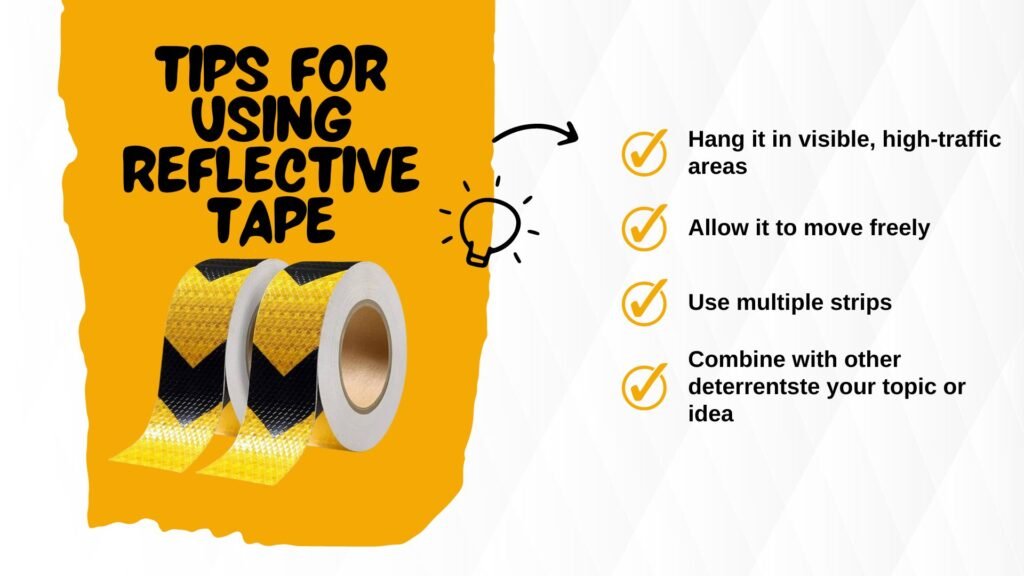
If you’re looking to protect your garden, crops, or even your home from wildlife, reflective tape is an affordable and easy-to-use solution. Here are some tips to get the most out of it:
- Hang it in visible, high-traffic areas
- Allow it to move freely
- Use multiple strips
- Combine with other deterrents
Limitations of Reflective Tape
While reflective tape is a great deterrent, it’s not foolproof. Some animals, especially those that are less skittish, may become accustomed to it over time. In such cases, it’s important to rotate deterrents or use multiple strategies to keep animals away. Also, in areas with heavy wind or rain, the tape may not last as long, so regular maintenance is necessary.
Summary
Reflective tape is a simple yet effective tool for keeping a wide range of wild animals at bay. From birds and small mammals to larger creatures like deer, the unpredictable movement and flashes of light are enough to make many animals feel uneasy and avoid your space. Whether you’re protecting a small garden or a large farm, reflective tape can be an affordable, humane, and environmentally friendly solution. So, why not give it a try? By understanding how reflective tape works and using it properly, you can reduce wildlife damage and enjoy a more peaceful, protected outdoor space.

